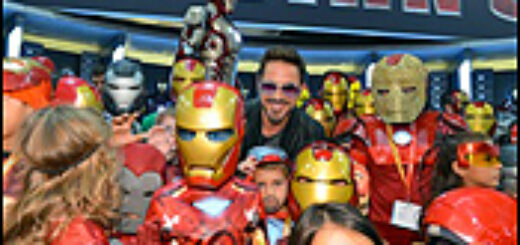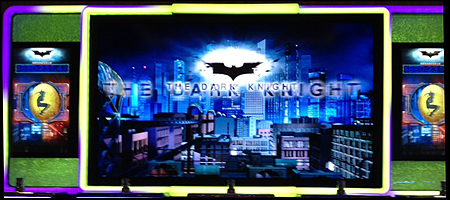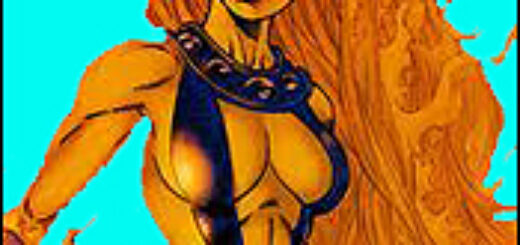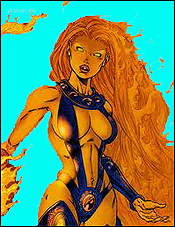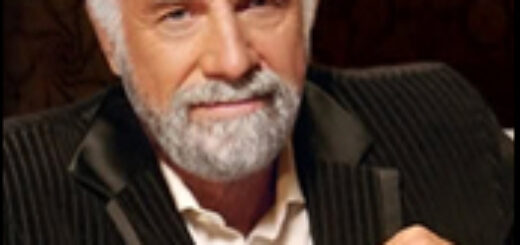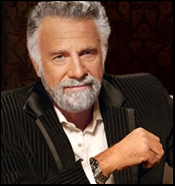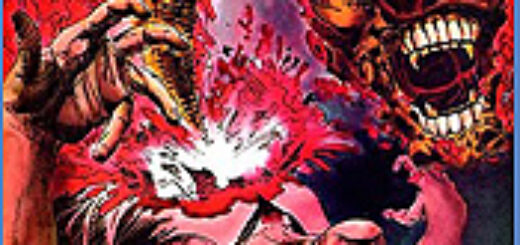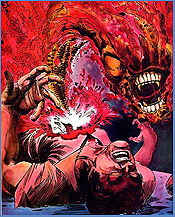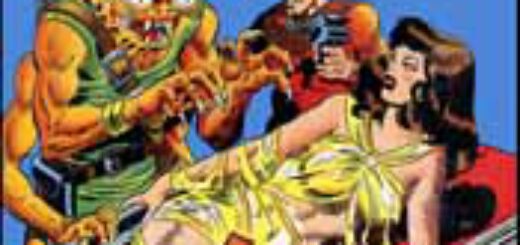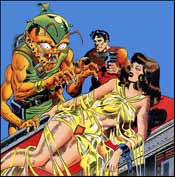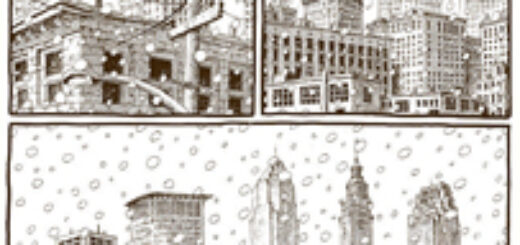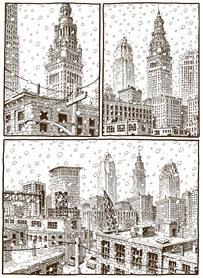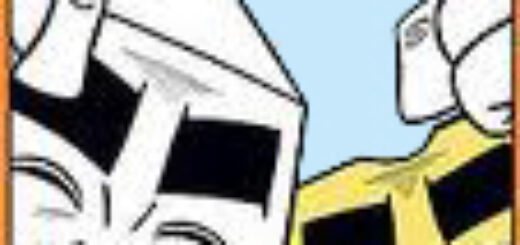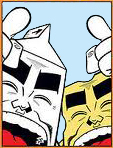What Makes Martha Thomases Ridiculously Happy?
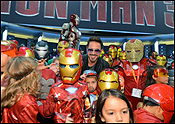 I’m writing this just back from the dentist, from which a friend had to pick me up because the dentist gave me drugs. I couldn’t be trusted to get myself home, even though that involved taking an elevator to the building entrance and getting a cab. And my dentist may have had a point. When my friend came to pick me up, I talked her into buying shoes with blue sequins on them.
I’m writing this just back from the dentist, from which a friend had to pick me up because the dentist gave me drugs. I couldn’t be trusted to get myself home, even though that involved taking an elevator to the building entrance and getting a cab. And my dentist may have had a point. When my friend came to pick me up, I talked her into buying shoes with blue sequins on them.
So this will be a little bit scattered. However, you, the reader, are probably online to see The Dark Knight Rises, so we most likely share a mental state. Let’s not take ourselves too seriously.
• As I mentioned last week, I missed the San Diego Comic Con. Once again, it seems I didn’t miss a lot, at least about comics. I realize that IMDB might not be an impartial editor of Comic Con news, but this makes it look to me like the geeks that were out were television and movie geeks, not comics fans. Or, to channel earlier cons, these are not the nerds I was looking for.
• I find the only time I can concentrate on a real book is when I’m away from home, or I’m in the middle of a good mystery. When I read at home, in my living room, in the comfy chair, I’m always looking at the clock, or the computer, or the phone rings, and I can’t get a good reading rhythm happening. I can read comics, but sometimes I want more than that. As a result, I now have a stack of graphic novels next to my sack of pamphlets next to my stack of knitting books. Waiting, with maximum anticipation, are Dotter of her Father’s Eye by Mary Talbot and Bryan Talbot, Economix: How Our Economy Works (and Doesn’t Work) by Michael Goodwin and Dan E. Burr, and Darkroom: A Memoir in Black & White by Lila Quintero Weaver. I feel very highfalutin’. These are much classier than the vampire books in my Kindle.
• Batman and Spider-Man are heroes. Our troops are heroes. But you know who else are heroes? Garbage collectors. I can think of nothing braver than picking up other people’s rotting refuse when it’s over 100 degrees outside. The smell alone can kill a man where he stands. Lifting bag after bag of the stuff, all day, every day, is a superhuman feat.
• You, constant reader, probably don’t get press releases in your e-mail every day. I do. I’ve also sent out press releases. There are some companies that send me something every day. There are some companies that send me something several times a day, every day. I’ve been the publicist whose client demands a long list of media outlets pitched so I understand the pressure they’re under, but it’s ridiculous. I’m not going to write two or three stories a day, every day, about the same company. I’m going to follow up on a press release that seems like it’s about something in which I’ve expressed interest. Most likely, a carefully written pitch letter, one that references my interests, would work the best. I’m taking this knowledge to my next clients.
• The photo above is swiped from The Beat. It makes me ridiculously happy.
SATURDAY: Marc Alan Fishman

